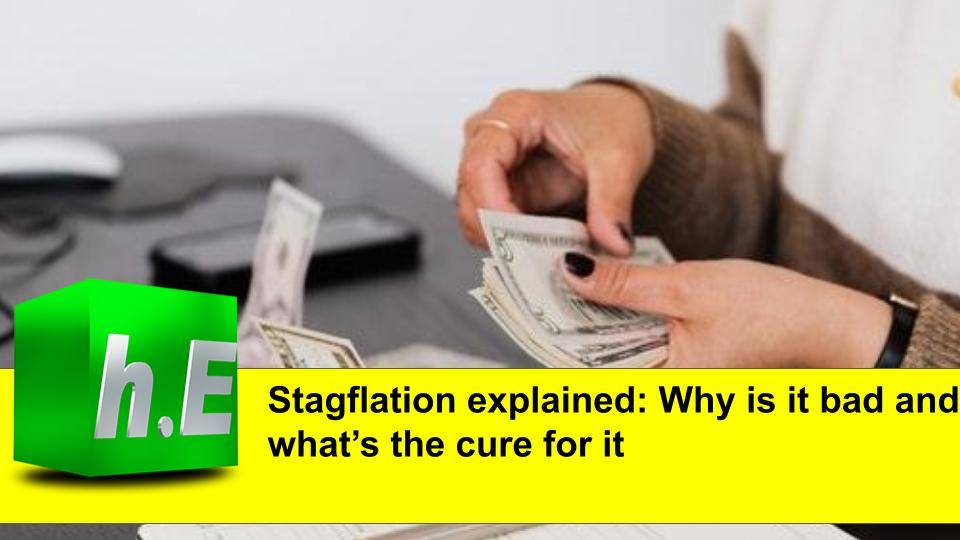The global economy could be heading for slow growth, rising prices and high unemployment, economists are warning, a toxic brew that could hamper countries’ recovery from the coronavirus pandemic.
The World Bank on Tuesday warned that those forces, called “stagflation,” could induce years’ worth of struggles. And persistent challenges — such as supply chain snags, Russia’s attack on Ukraine and continuing waves of covid-19 cases — could harm consumers and employers alike, settling world markets into a downturn that they largely avoided when the pandemic first struck.
Many developed countries experienced stagflation with high rates of unemployment as a result of an oil shock when the OPEC cartel imposed an embargo against Western countries in 1973.
The embargo contributed to an upward spiral in oil prices with global implications. The price of oil per barrel first doubled, then quadrupled, imposing skyrocketing costs on consumers and structural challenges to the stability of whole national economies.
Stagflation can be the result of a supply shock, like a rapid increase in the price of oil. Costlier oil makes production costlier and less profitable, slowing down economic growth while raising prices in the economy.
What is stagflation?
Typically, stagflation happens when a country’s economic growth slows, demand falters, and unemployment rises despite climbing inflation.
Because unemployment doesn’t usually support growth, and when demand nosedives, so can inflation. However, this is out of the ordinary as businesses would likely drop investments because the consumers are spending less and/or have limited amounts of money for purchases.
Concepts like this are at the heart of the theory called the ‘Phillips curve,’ which shows that as unemployment falls, inflation should rise, and vice versa. But these theories would fall on its face in stagflationary conditions.
What causes stagflation?
Stagflation is usually caused due to supply disruptions, and given the current situation in the light of the Covid-19 pandemic and the Russia-Ukraine war, this is a basic result. In other words, stagflation generally occurs when the money supply is expanding but supply is being constrained.

For example; If a fast-spreading bird flu strain affects a substantial population of the chicken, a shortage could raise the prices of eggs and meat along with reduced production and curbs on employment. This is mostly similar to today’s semiconductor chip shortages which have pushed car prices up because of supply constraints.
Oil Prices: Some experts say that stagflation is caused when a sudden increase in the cost of oil reduces an economy’s productive capacity due to rising transportation costs and production costs. This will make the prices increase even as people were laid off.
How Economists Proposed to Fight Stagflation
The search for a weapon to fight stagflation led in part to the rise of supply-side economic theories as an alternative to Keynesian economics.
Milton Friedman, who had argued during the 1960s that the Phillips Curve was built on faulty assumptions and that stagflation was possible, rose to prominence when events proved him right.
Friedman theorized that once people adjusted to higher inflation rates, unemployment would rise again unless the underlying cause of unemployment was addressed.
We have always emphasized the importance of having a good website for your company because it can act as your best tool for marketing and sales. A poorly designed website can repulse people from your business and can cause you to lose customers before you even have them. Get in touch with HyperEffects to work on creating, enhancing, and making the website of your company more user-friendly.

